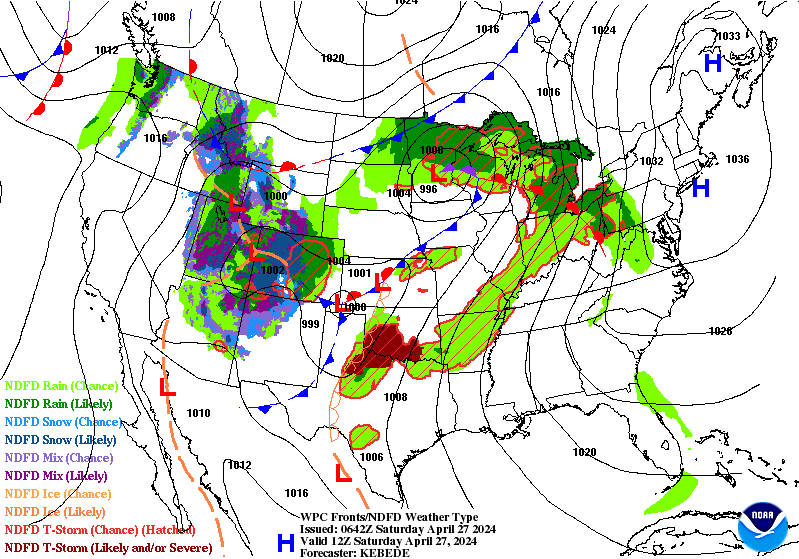OREGON SNOW REPORT
October 23 2024
Snowpack levels across the state are currently 9% of normal.
The deepest snowpack in Oregon
was last observed at
North Fork
with a
snowpack depth of
2”,
about 177%
of normal when compared to it's
1"
average depth for this time of year.
Mt Hood Test Site,
perched at an elevation of
5,370 ft.,
is currently experiencing some of the coldest temps in
Oregon
with air temps last recorded at
36 degrees.
More snowfall is expected this week, and areas like
Salt Creek Falls
are forecasted to receive up to
4"
of snowfall in the next 5 days.
Ski Area Snowfall
Snowpack Depths & Snow Forecast
Oregon's snowpack conditions vary across different mountain ranges in the state. The Cascade Range, including Mount Hood and Mount Jefferson, provides a significant amount of snow for Oregon. The snowmelt from these mountains feeds into several important rivers and watersheds, such as the Willamette, Deschutes, and McKenzie Rivers. These rivers are crucial for water supply, agriculture, and hydropower generation.
Winter climate characteristics in Oregon include frequent storms from the Pacific Ocean, which bring precipitation in the form of rain or snow. The snowpack accumulates from late fall to early spring, with peak snow depth typically occurring in March. Snow science plays a vital role in understanding and predicting snowpack conditions, as well as managing water resources and mitigating potential flood risks.
Oregon has a rich snow science and history, with notable events like the creation of the Pacific Northwest Snow Survey in the 1930s and the development of snow telemetry (SNOTEL) sites. These SNOTEL sites provide real-time snowpack data, helping researchers and water managers monitor conditions and make informed decisions. Overall, accurate and up-to-date information from reliable sources is necessary to understand Oregon's snowpack conditions and their impacts on the state's water resources.
Snowpack Distribution
Weather Forecast

